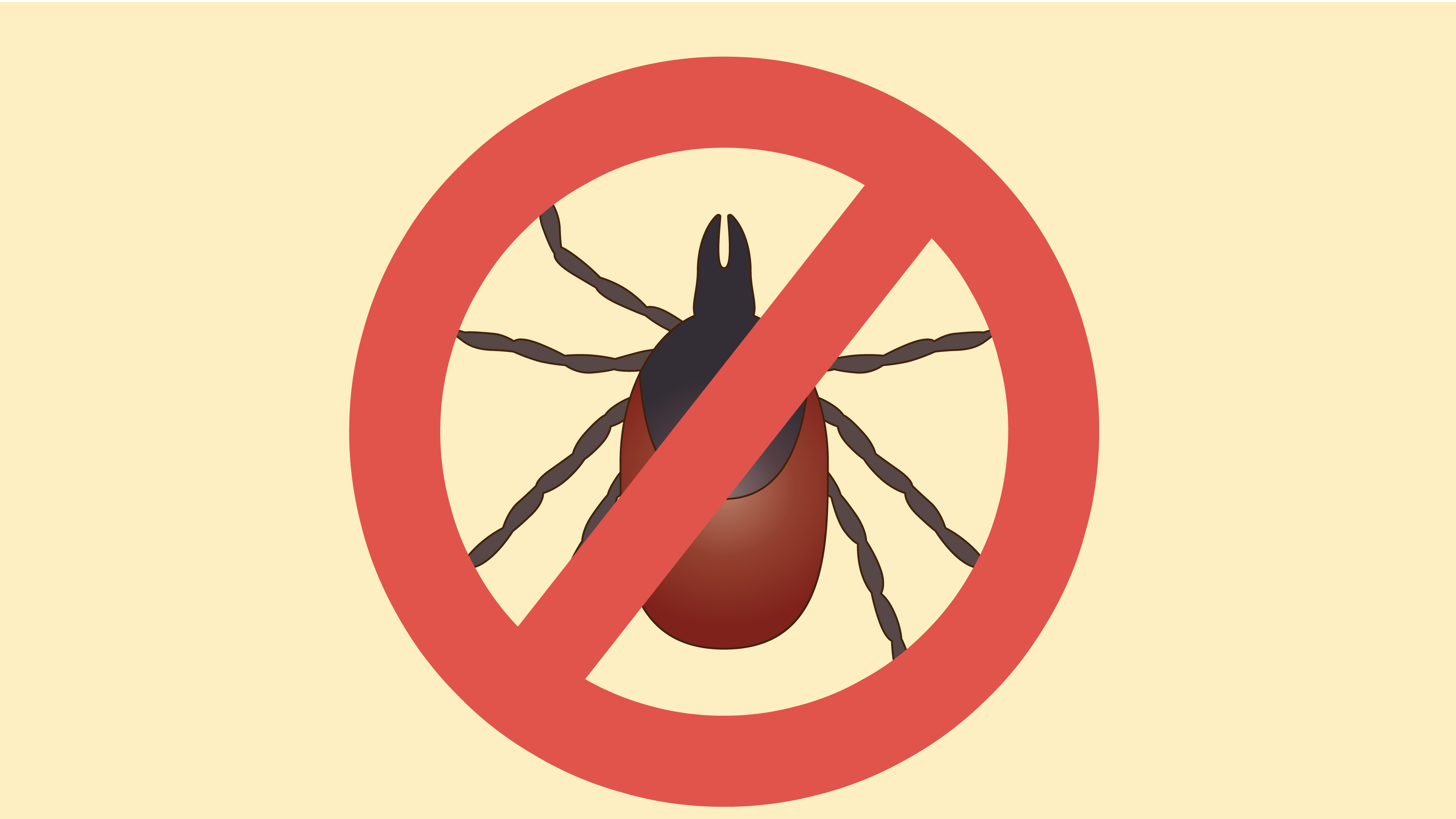Tick prevention strategies

The headlines are everywhere. Ticks and Lyme disease cases are at an all-time high. New York State has issued warnings year after year as the issue continues to grow.
“More of our customers are asking about tick prevention for themselves, as well as their pets,” says Scott Coyne, a senior buyer at CountryMax, which sells all kinds of flea and tick treatments for dogs and cats. “With Lyme disease being carried by nearly 50 percent of the ticks in the Rochester and Buffalo area – and even higher percentages to the east – the urgency is real,” Coyne explains.
COVID and Lyme disease: confusing similarities
In 2020, even as people and pets spent more time outside, Lyme disease concerns took a back seat to the global COVID-19 pandemic. Yet, the threat did not go away. On the contrary, it grew.
Further complicating the matter is the fact that many symptoms are similar: muscle fatigue, shortness of breath, headaches, even the distinctive loss of sense of smell.
“Just like COVID, Lyme disease can cause lifelong issues,” says Coyne. “Fortunately, there are several simple ways to prevent them, without sacrificing your outdoor time.”
Ticks: 10 strategies to avoid them
- Use insect repellents. While many people are cautious about insect repellents, choosing the right one and following the directions can be a safe, smart way to keep ticks and other insects from biting.
2. Know the territory. Most states, including New York, provide detailed tick information online, including statistics regarding Lyme disease. Before you go out, check the websites. Here’s a good one: https://www.health.ny.gov/diseases/communicable/lyme/
3. Use flea and tick treatments on your pets. By treating your pets, you’re also protecting yourself. Ticks can piggyback a ride on your dog right into your house and then find you. For a complete list of flea and tick prevention solutions, visit CountryMax.com.
4. Avoid tall grass/brush. While enjoying the outdoors, stay on the path or in areas with less tall growth — ticks like the high grasses, which enable them to brush against your legs.
5. Routinely check your whole family for ticks. Inspect yourself, your kids, and your pets. Remember, ticks are sneaky. They find places you might not expect or be able to see easily – lower back, inside thigh, even under your arms. Also, they secrete a natural anesthetic – so you are unlikely to feel the bite.
6. Know what you’re looking for. If you’ve never seen a tick, take a few minutes to get familiar with them. They can look like a small, hearty spider. When attached to a person or pet, the tick may become engorged, creating a large bubble that looks a little like a skin flap. Touching it doesn’t usually hurt at all, which makes the tick so easy to overlook.
7. Shower after hiking or being outdoors. Don’t wait for evening or the next morning to jump in the shower. Cool off, clean off, and check yourself for ticks as soon as possible. Showering is a great way to catch ticks before they have time to get too comfortable.
8. Tumble dry clothing. When you do go outside, choose light-colored long-sleeve shirts and long pants. Also, be sure to wear socks and shoes. Afterward, put those clothes in the dryer on hot for 20 minutes or wash and then dry them.
9. Remove ticks that have attached themselves. If you find a tick on yourself or a family member, you don’t necessarily have to run to the emergency room. Simply remove it. Depending on the location of the tick, this may require the assistance of another family member.
•Use a specially designed “tick key,” available at CountryMax or most camping or outdoor stores.
•Use a fine pair of tweezers. Be sure to get the whole tick to prevent irritation or infection.
•Clean and disinfect the area
•Check it again in a few hours or the next day for any signs of infection.
10. When to see a doctor. If you find a tick that’s likely been on your body for multiple days, don’t panic. Make an appointment with your doctor or go to Urgent Care (this is not an ER situation). The most common “red flag” when it comes to ticks is a target-shaped area around the bite. The bull’s eye doesn’t always happen when a tick bites, but it’s a cause for concern.
No one should be afraid to spend time outside in the real world – walking the dog, seeing the birds, enjoying nature. But a little prevention and awareness will enhance your enjoyment.
CountryMax is a family-owned retailer with 18 locations across central and western New York State. In addition to pet medications, supplies, and food, CountryMax Stores stock a variety of supplies for wild bird enthusiasts, horse owners, lawn and garden DIYers, plus unique specialty food items and homesteading products. For the complete list of locations and product categories, visit countrymax.com.
Provided information



